As an intern at the Marshall Foundation, I have been working on accessioning items donated without much information to the Foundation. I have been looking through books printed for soldiers in WWII, notebooks kept during the war recounting their day-to-day activities, and hundreds of pictures. Among these items was a book titled L’Armee Americaine, which stood out for being dated from WWI and obviously being of French origin. Without any context of where it came from or from whom, I dove into discovering more about the book.
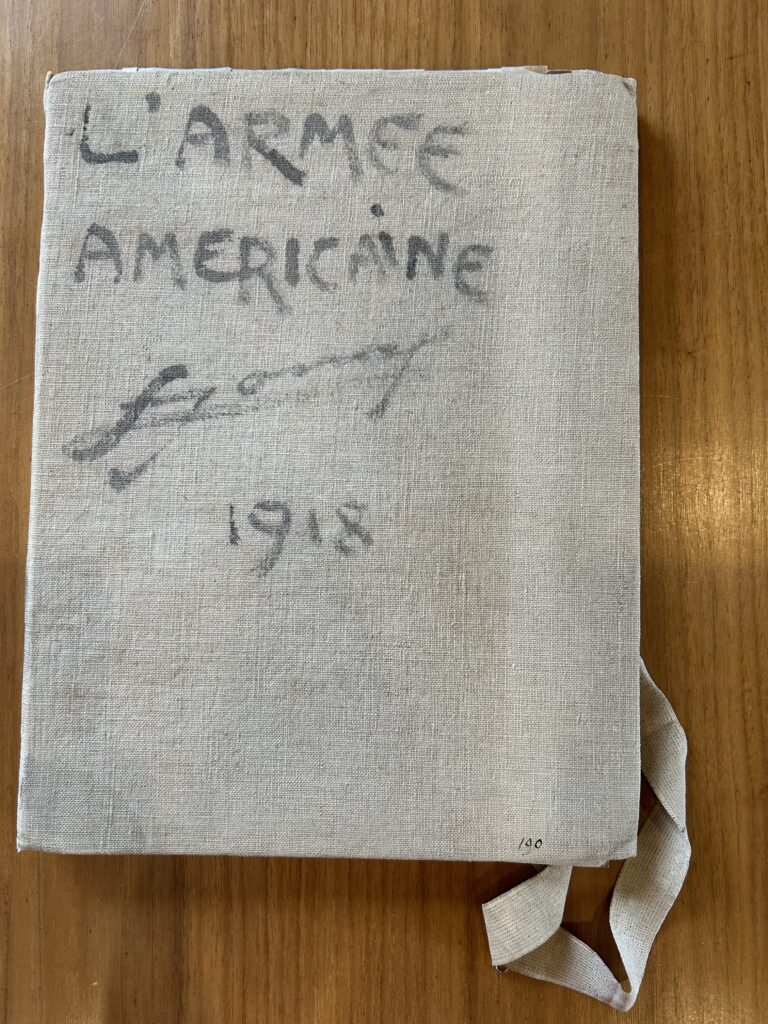
L’Armee Americaine by Dobon-Aine, art by Lucien Jonas.
The book contains portraits of American and French soldier in France in 1918. Some are incredibly famous—General Pershing has a portrait in the first few pages—but others were privates I had to comb through Army records to find. The variety of subjects picked by artist Lucien Jonas led me deeper and deeper into discovering who these soldiers were. One of my favorite things about working at the Foundation is discovering the various and unique stories of individuals involved in the World Wars. Just as we learn about the giants of the wars, we should learn about who carried out their orders with tenacity. Fortunately, I have taken two years of French at my university which provided me enough background to read through the written descriptions of each image and create a collection guide useful to English-speaking researchers.
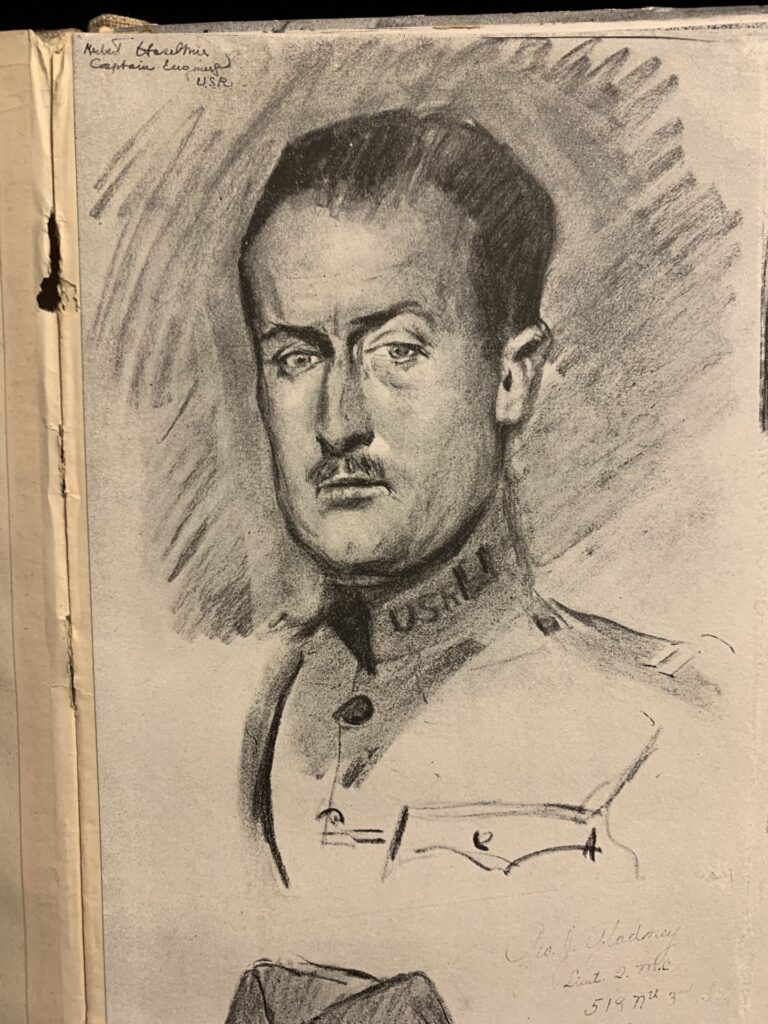
Capt. Herbert Haseltine
A man’s military service was not always at the forefront of the information I could find about him. One note attached to a portrait caught my eye– “Herbert Haseltine (sculpteur) cap. Engineer. USA.”
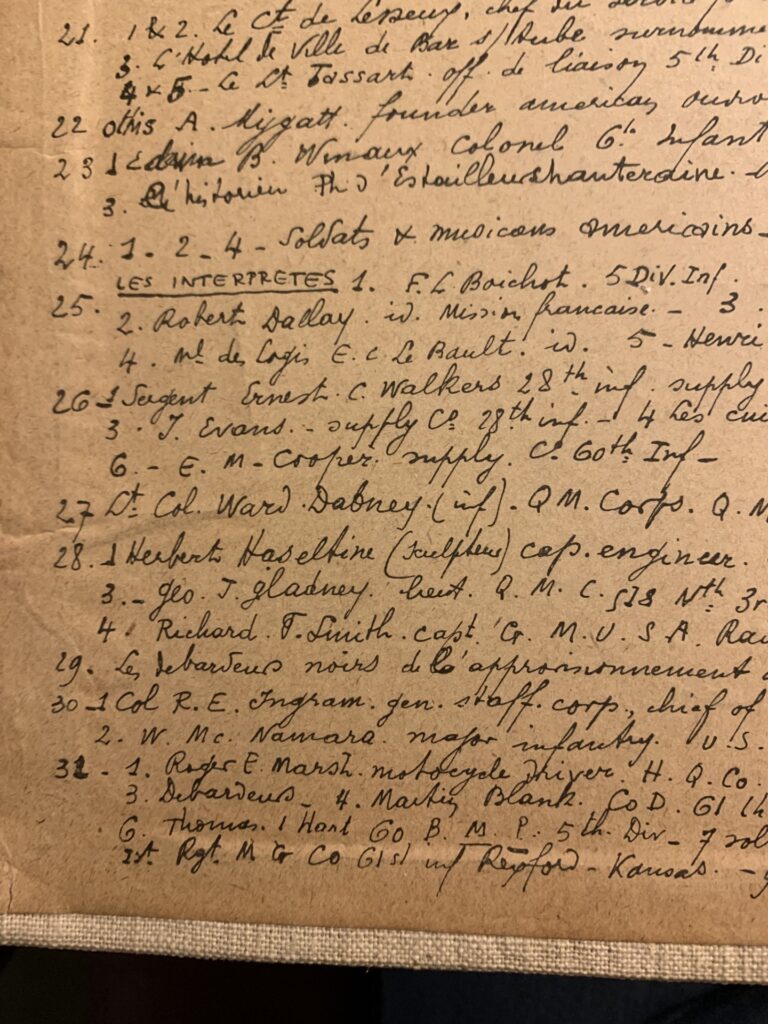
Herbert Haseltine is 28 on this index.
This was the only time I had seen someone’s civilian occupation listed along with their rank in the army. My further research found that Haseltine was a famous sculptor who is known for his animals, and especially his equine statues.
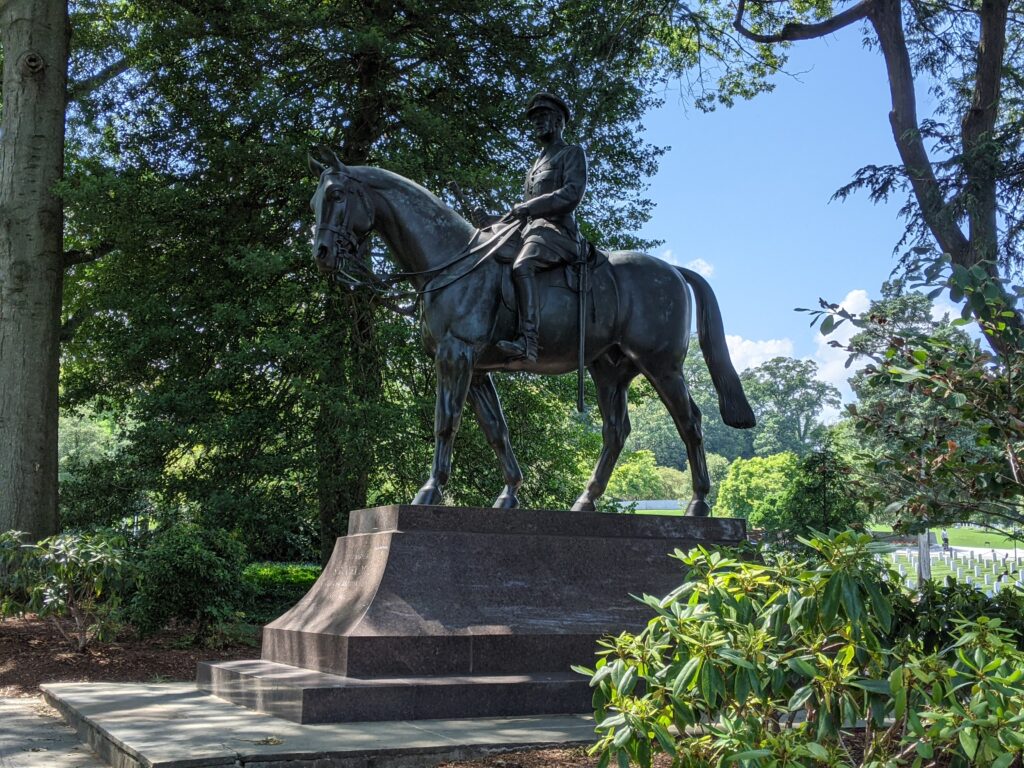
Statue of Field Marshal Sir John Dill by Herbert Haseltine at Arlington Cemetery.
I learned that he created the statue of Sir John Dill in Arlington Cemetery, the highest-ranking foreign military official to be buried there, as well as the statue of famed racehorse Man O’ War on display at the Kentucky Horse Park. I have been riding for most of my life and have seen this statue myself during my many trips to the horse park. Imagine my surprise when I learned how my sport and my work at the Foundation intersect!
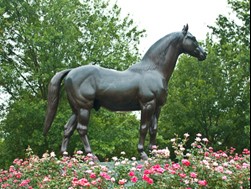
“Man o’ War” at the Kentucky Horse Park, by Herbert Haseltine, 1948. (photo courtesy of the Kentucky Horse Park)
While some biographies completely omitted his service, some gave it a short mention and it seems that this is an important detail of his life left largely unknown. Uncovering this information is one of my favorite moments from my internship this summer and gave me incredible satisfaction in the work that I have been doing. Getting to tell the stories, at least in a small way, of these men has been an immense privilege.
Clare O’Brien is serving as an intern at the George C. Marshall Foundation. She is a rising senior at W&L University, majoring in history. She’s from Pennsylvania, as is Gen. Marshall.
